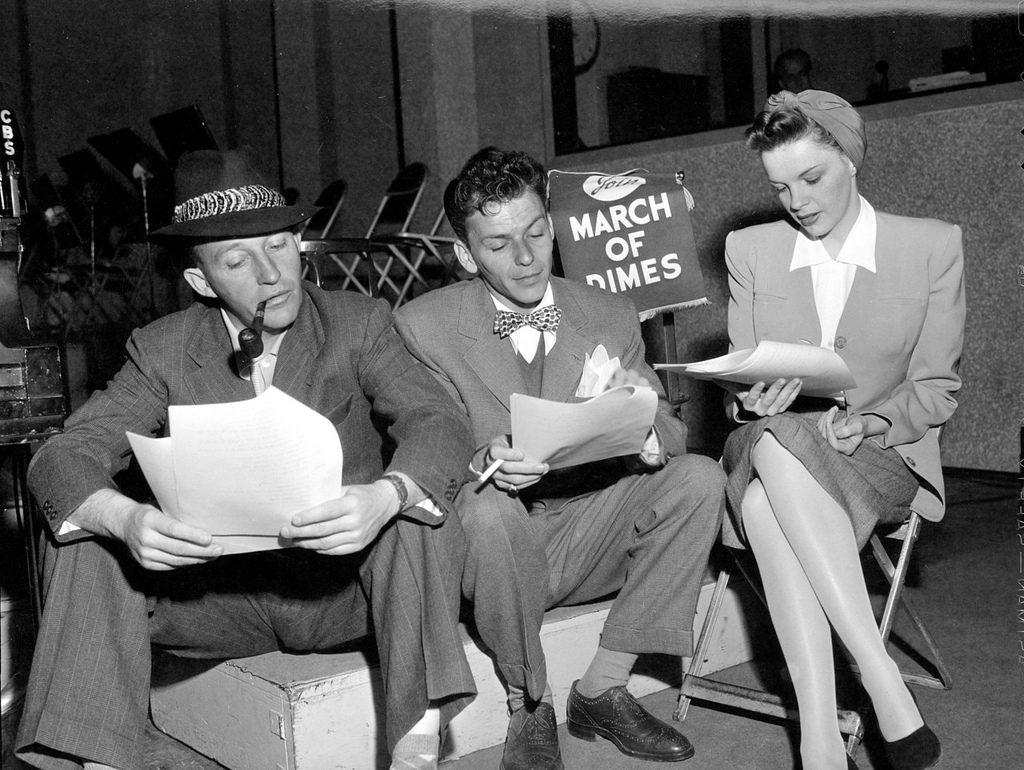To begin with, the Structural Linguists concern themselves only with the spoken language. The generally low esteem with which they regard writing derives in part from the statistic that only about five per cent of the of the world’s approximately four thousand languages and dialects have any written form. “Language,” as defined, is “a system of arbitrary vocal symbols by means of which a social group co-operates.” The three words “arbitrary,” “vocal,” and “symbol” are all significant. Taking them in reverse, words are symbols because they are not not identical with the objects and events they denote; they have meaning, but they must not be confused with their referents.

—Here, we have three people sitting in a doorway, each one engrossed in reading a newspaper. It looks like a tight fit, but they seem quite comfortable. I’m sure they were aware of each other’s presence, but the photograph “works” because they don’t seem to be.
As I thought about this photograph, and others, sentences came to mind from “The Aesthetic Method in Self-Conflict,” a chapter from Self and World by Eli Siegel….click image for source…
They are vocal because they are produced by the human voice, as opposed to other auditory symbols such as bells and sirens, or visual symbols, and tactile symbols such as braille. A written word, therefore, is merely a visual symbol of a vocal symbol, and both are completely arbitrary. They are arbitrary because “it is convention alone, a kind of tacit agreement among the members of a social group, that gives any word its meaning.”
There is no reason other than social consensus why a quadruped of the species Equus caballus should be called horse in English, cheval in French, and Pferd in German. Even onomatopoetic words- from which some theorists have suggested human speech arose- vary from one language to another. Thus a dog goes bow wow in English, wauwau in German, bubu in Italian, wan wan in Japanese, and oua-oua in French.
ADDENDUM:
(see link at end)…All of the oppositions that structural linguistics generates — langue and parole, system and event, signifier and signified, code and message, metaphor and metonymy, paradigm and syntagm, selection and combination, substitution and context, similarity and contiguity — are variations of the opposition between synchrony and diachrony. In each case, the first term is privileged.
The application of this linguistic model to the study of literature has been fruitful. Russian Formalism, semiotics, and structuralism analogically extend Saussure’s terms into the analysis of literature. As Roland Barthes puts it, “Literature is simply a language, a system of signs. Its being [être] is not in its message, but in this ‘system.’ Similarly, it is not for criticism to reconstitute the message of a work, but only its system, exactly as the linguist does not decipher the meaning of a sentence, but establishes the formal structure which allows the meaning to be conveyed.” Poststructuralism goes one step further, contending that if it is true, as structuralism maintains, that language is a system of differences without any positive terms, then the relational nature of signs produces a potentially infinite process of signification. Read More:http://www.library.utoronto.ca/utel/glossary/Linguistics_and_literary_theory.html








 COMMENTS
COMMENTS



